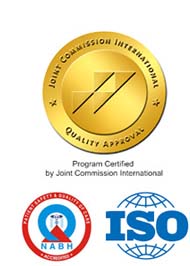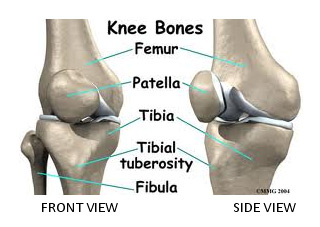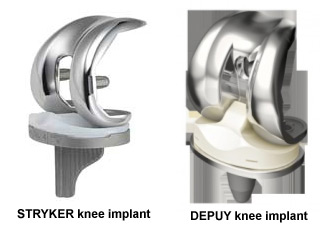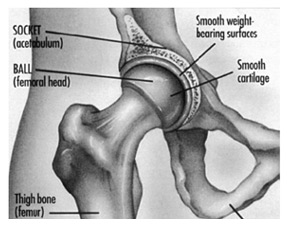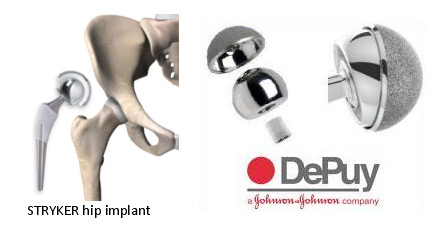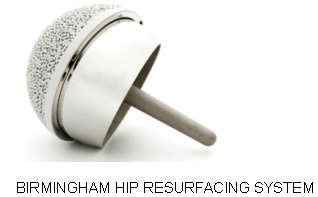Abdominoplasty or "tummy tuck" in India
This is a cosmetic surgery procedure to tighten the abdomen and give it firmness. Excess fat and skin from the middle and lower abdomen are removed surgically. This gives more tautness to the muscles and tightens up the wall of the abdomen. Abdominoplasty / tummy tuck in India is much sought after by women with excessive/loose abdominal tissue post-pregnancy and also by individuals who have achieved major weight loss following which there is sagging of the skin around the abdomen. This procedure also helps in reducing or eliminating stretchmarks.
Tummy tuck/abdominoplasty in India is performed under general anaesthesia and normally requires two day stay in the hospital
Breast Reduction Surgery /Mammoplasty in India
This is a plastic surgery procedure which involves the removal of excess glandular tissue, breast fat and skin. In doing this procedure, the cosmetic surgeon seeks to reduce your breast size to make it proportionate to your body. The weight reduction will also reduce or eliminate the discomfort caused by excessively large breasts. Normally, the results of successful breast reduction surgery are long-lasting. It is important to note that your breasts will continue to be influenced by factors such as age, changes in your body weight and hormonal variations.
Breast Augmentation Surgery in India
Augmentation of the breast is a surgical procedure during which a silicone bag is inserted under the breast or under the breast and chest subpectoral wall. An implant, with a filler of Silicone Gel, Cohesive Silicone Gel, etc. is then fixed in place. The placement of the implant provides volume in the breast area, resulting in a fuller and shapelier breast, with more cleavage. Hospital stay: 1 day
Facelift Surgery in India
This is a cosmetic surgery for the removal of excessive facial skin. An incision is made behind the ear to allow the surgeon to remove the excessive skin and provide a firm and young looking makeover for the face. The surgery is normally performed under general anaesthesia. This procedure is advised for patients whose skin already shows advanced signs of ageing. For younger patients, nonsurgical methods are available which yield satisfactory, although short-term, results.
Liposuction in India
Liposuction is commonly performed in India for the removal of fatty deposits from below the skin. This procedure can be performed under local anaesthesia, general anaesthesia or even a combination of both.
The cosmetic surgeon uses a hollow stainless tube, known as a cannula, and vacuum suction to draw out fat from the deposits. Smaller versions of the cannula, known as the micro cannula, are also in use and provide better cosmetic results when used in conjunction with the tumescent technique of liposuction in which the procedure is carried out exclusively by using local anaesthesia.
Experienced cosmetic surgeons who perform liposuction in India are careful to avoid pitfalls like the removal of too much of volume in one sitting or inadequate attention to cosmetic detail which may result in needless scarring. Liposuction in India is most commonly performed on the hips, abdomen, thighs and buttocks.
Cosmetic Rhinoplasty in India
Rhinoplasty is a surgical procedure for the alteration of the structure of the nose to improve its appearance or increase its function. The surgery is performed by making small incisions inside the nostrils. On occasion, tiny incisions may also be necessary on the tissue that separates the nostrils. The cartilage and bone form the framework of the nose and it is these issues that the surgeon may have to reshape in order to alter the profile of the nose. Operating under general or local anaesthesia, the surgeon would separate the soft tissue of the nose and then proceed to work on the cartilage and bone. Reshaping the structure of the nose may also involve introduction of additional bone or cartilage from the patient's own body.
Gynaecomastia (Male Breast Reduction Surgery) in India
Gynaecomastia is a surgical procedure for the reduction of excessive fat around the chest region of boys and men, a condition commonly known as Male Breasts. The procedure involves an incision near the areola and the use of liposuction to remove excess fatty tissue. If the volume of fat to be removed is large, the surgeon may need to make incisions down the chest line from the areola. In this situation, the nipple may also need to be relocated for cosmetic reasons.
Gynaecomastia seeks to flatten the chest and the results are normally long-lasting. Exceptions may occur in the event of excess general weight gain, hormonal imbalances, side-effects of some drugs, etc.Hospital Stay: 2 days


